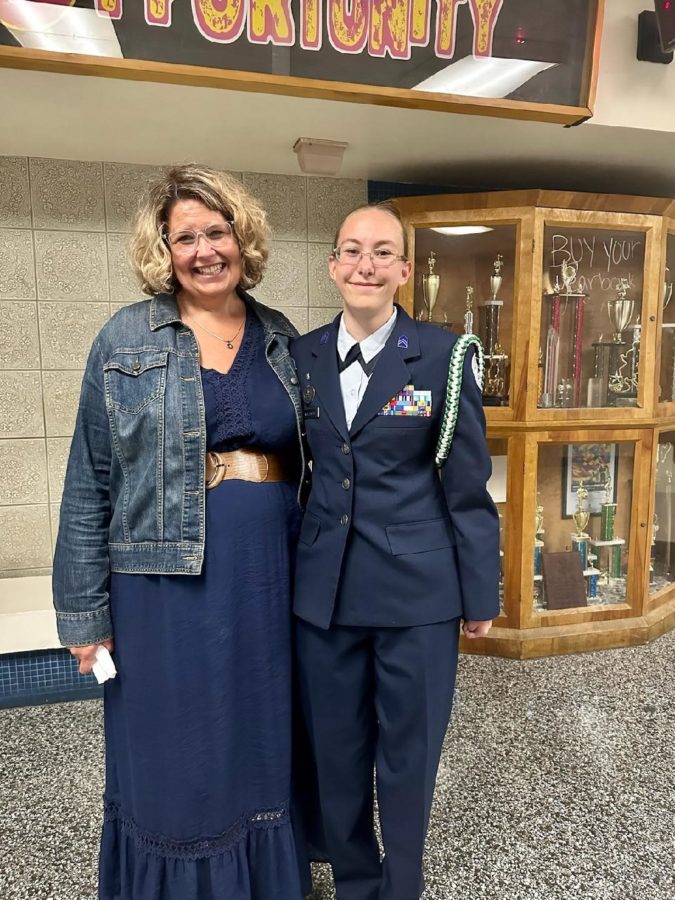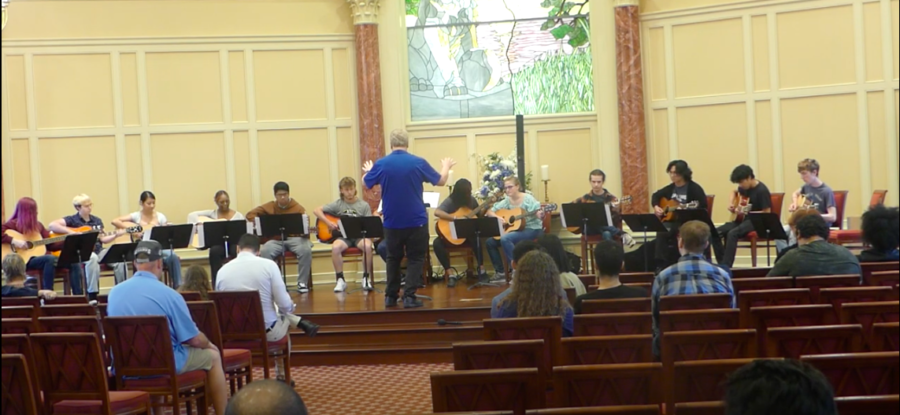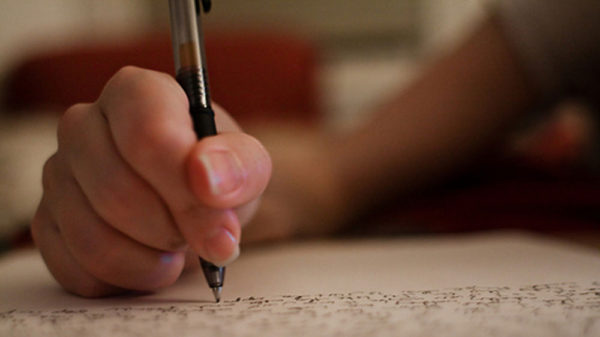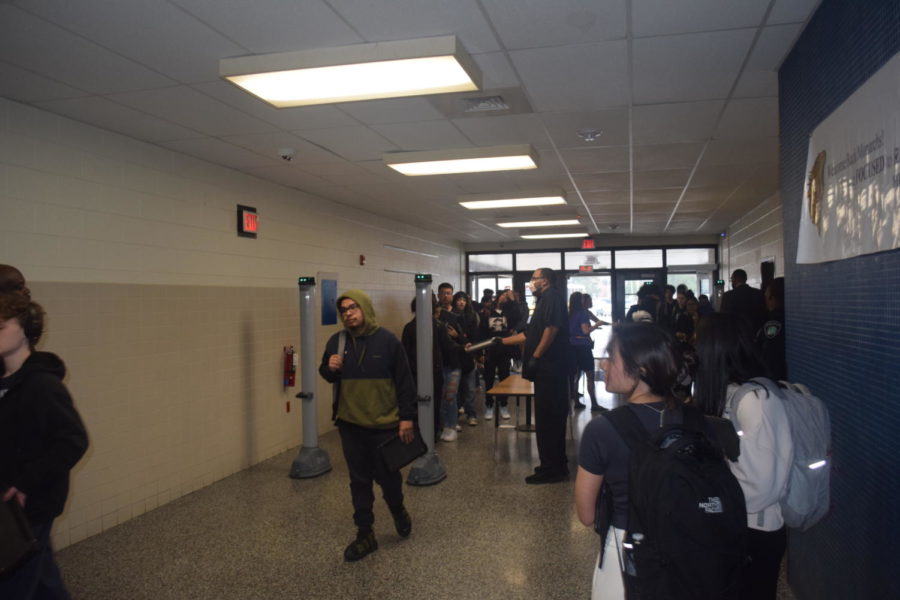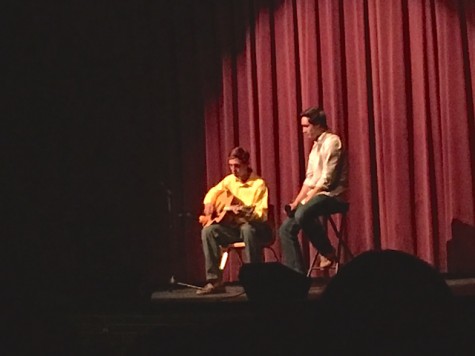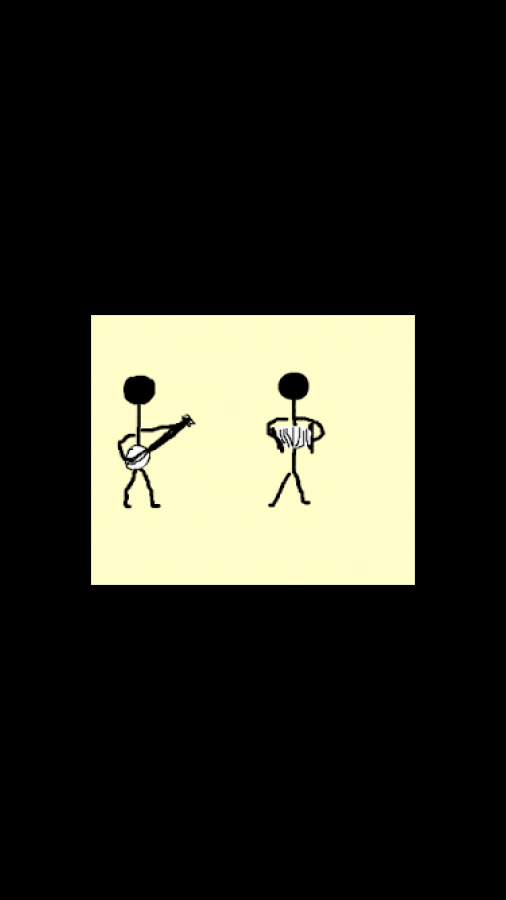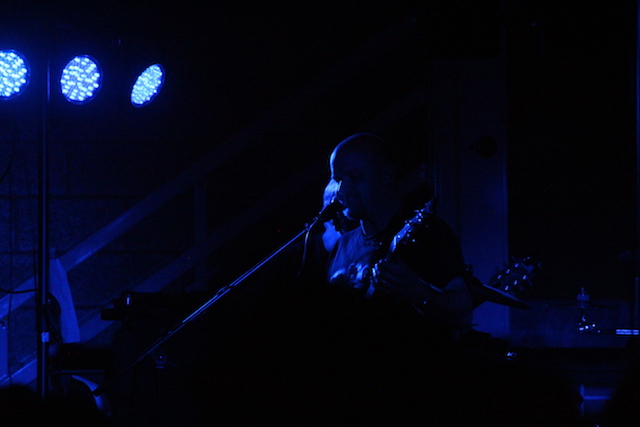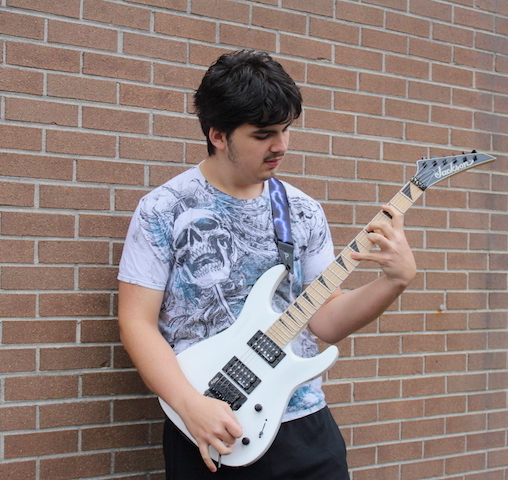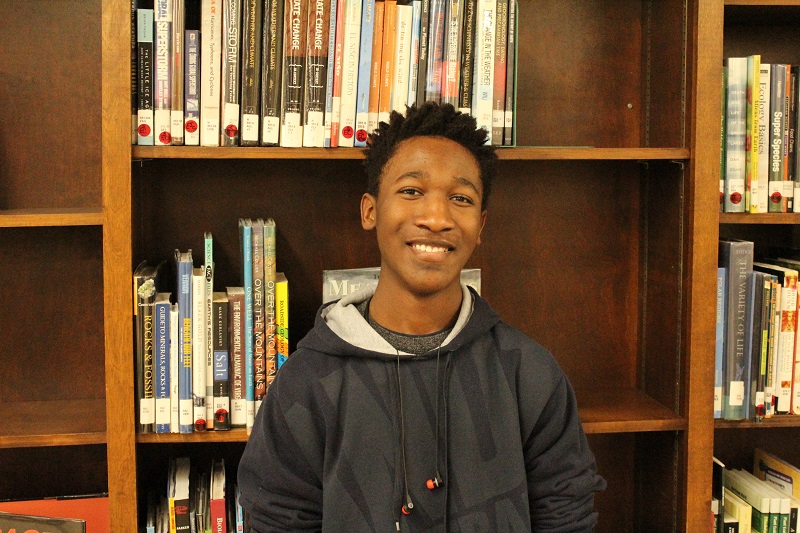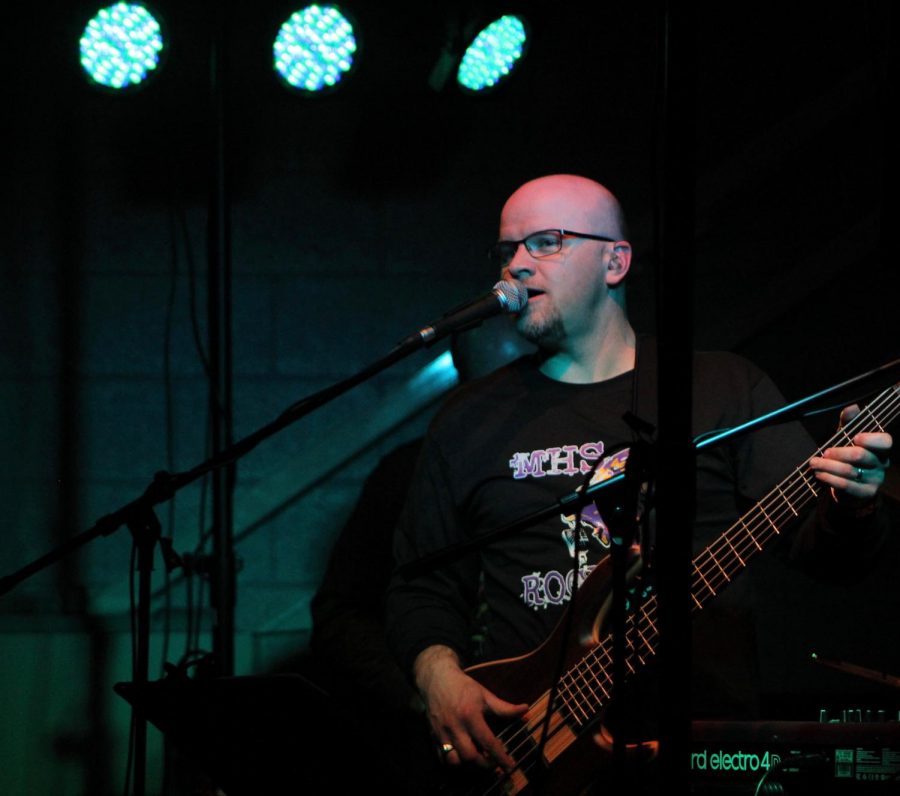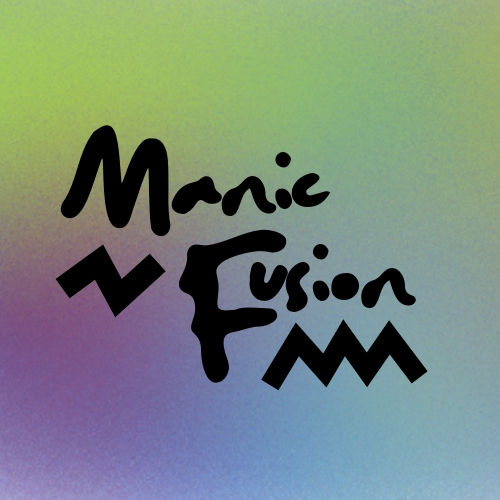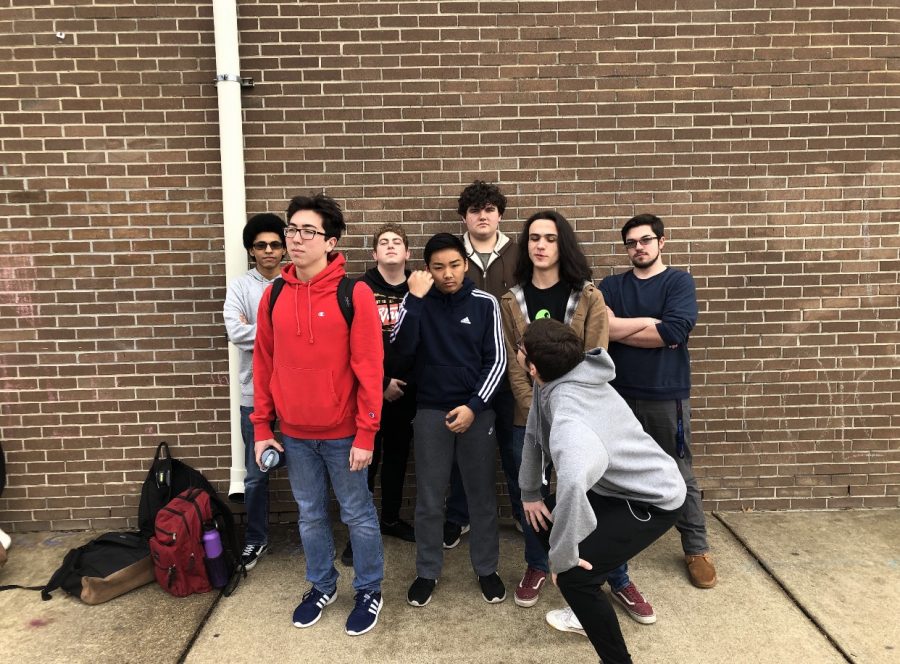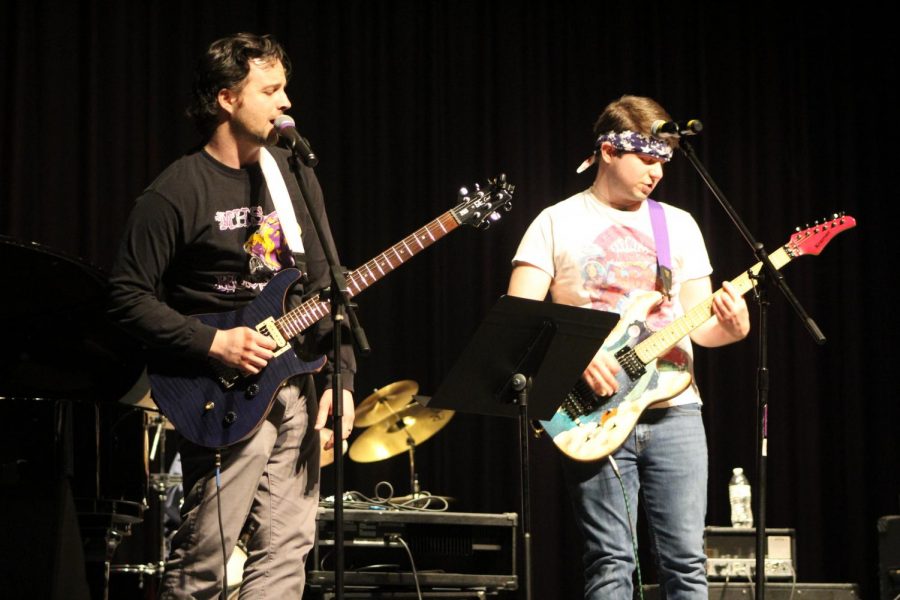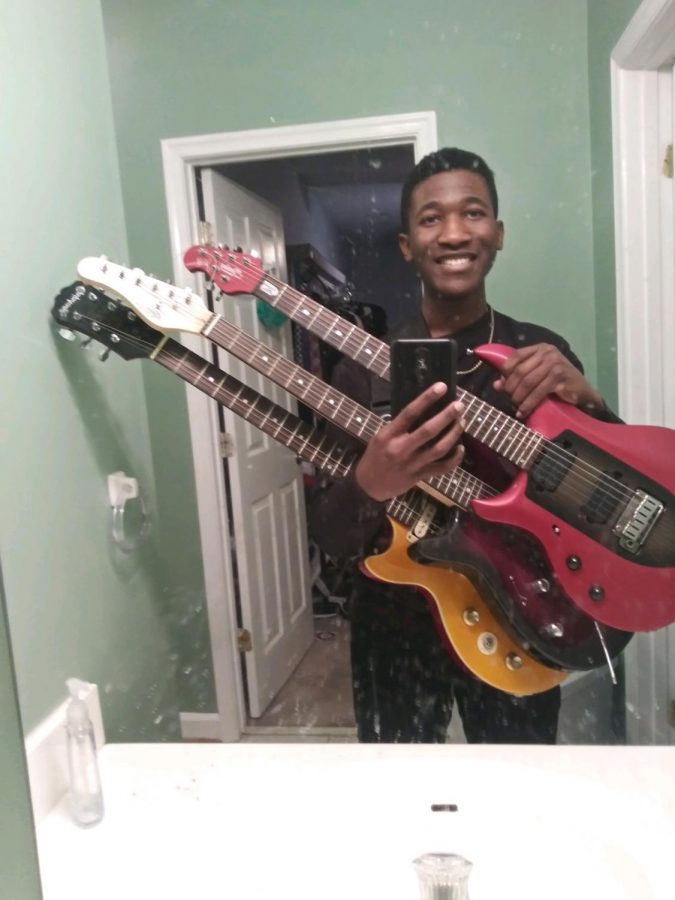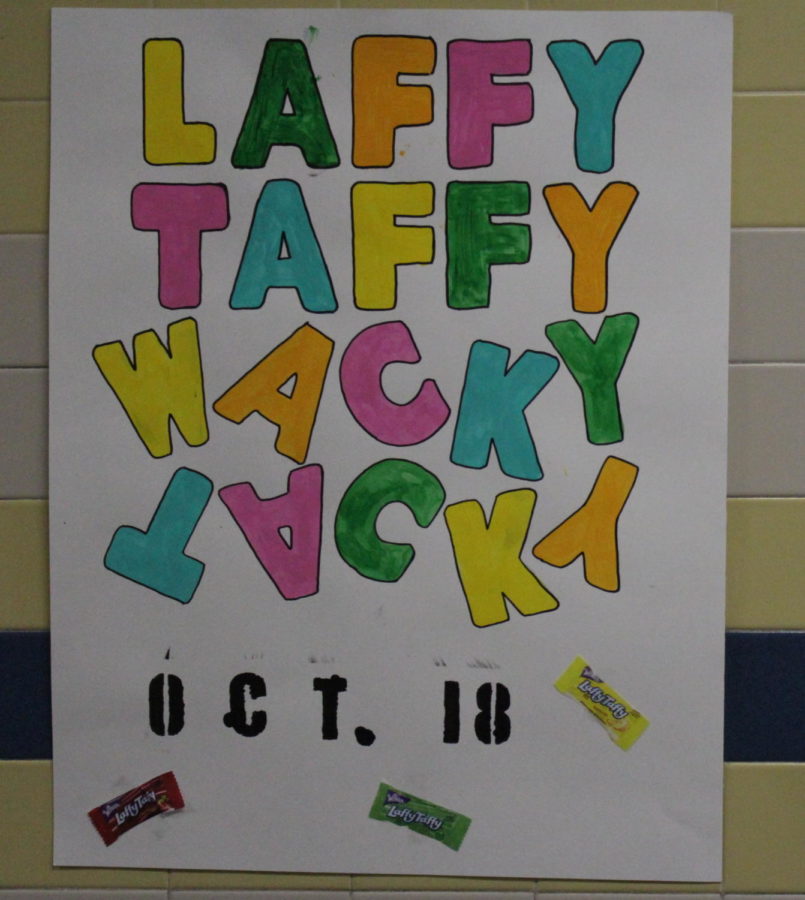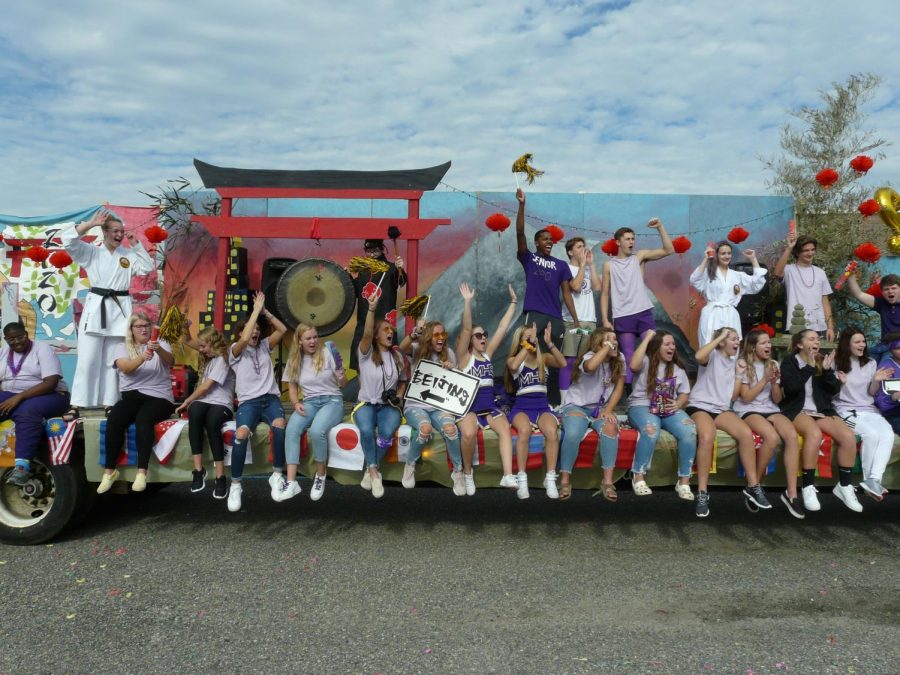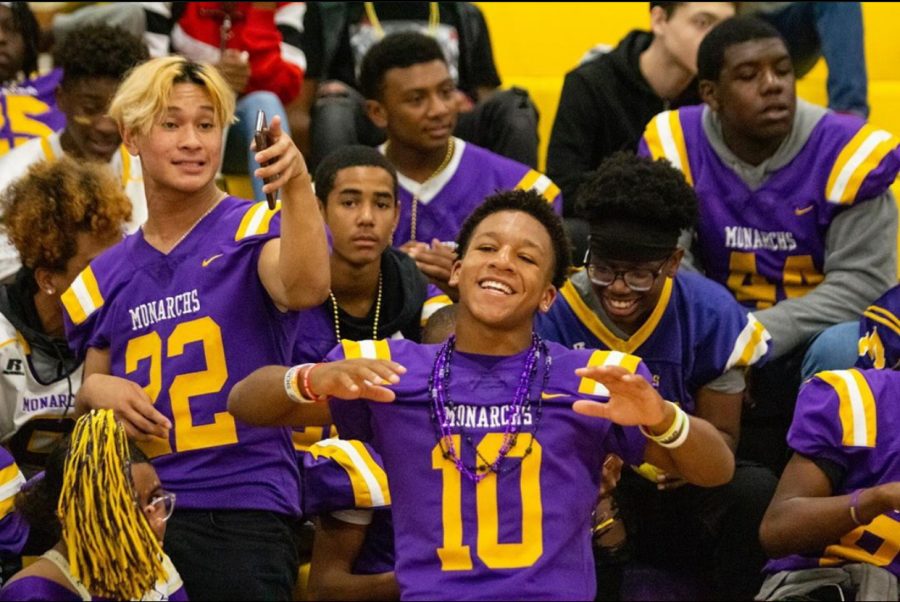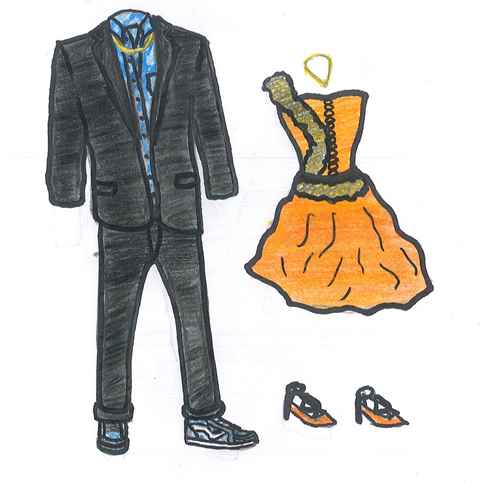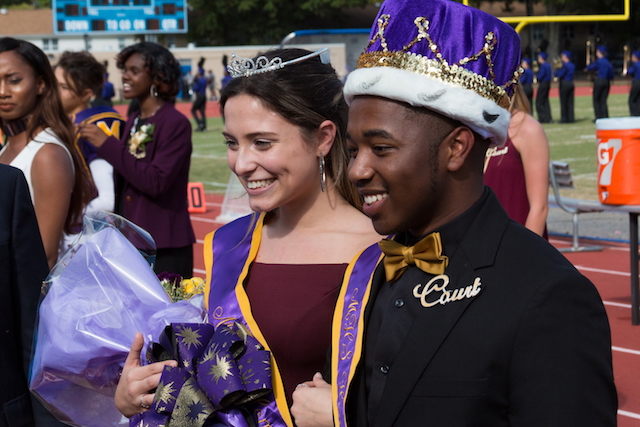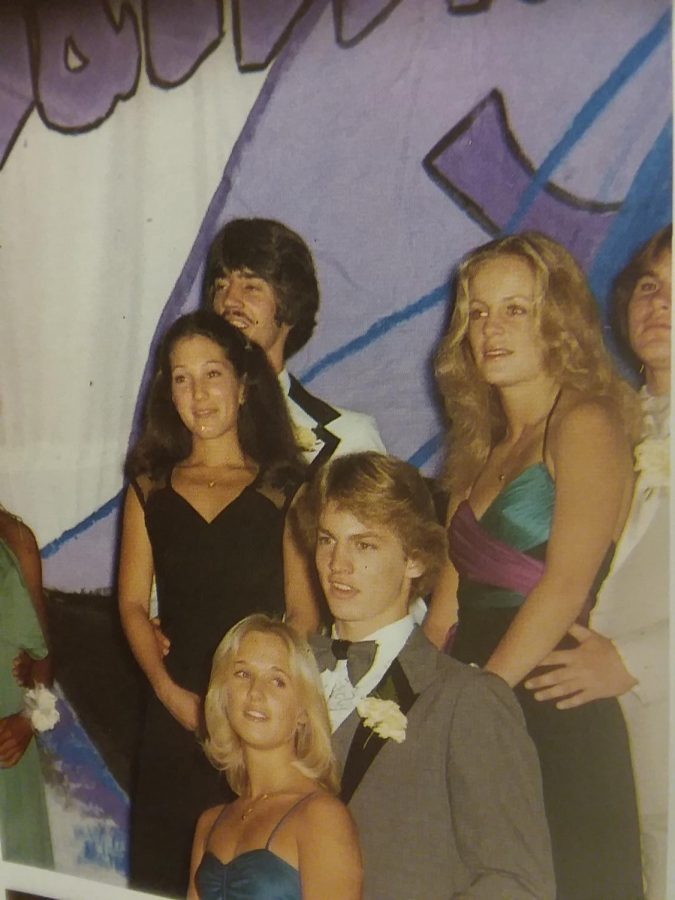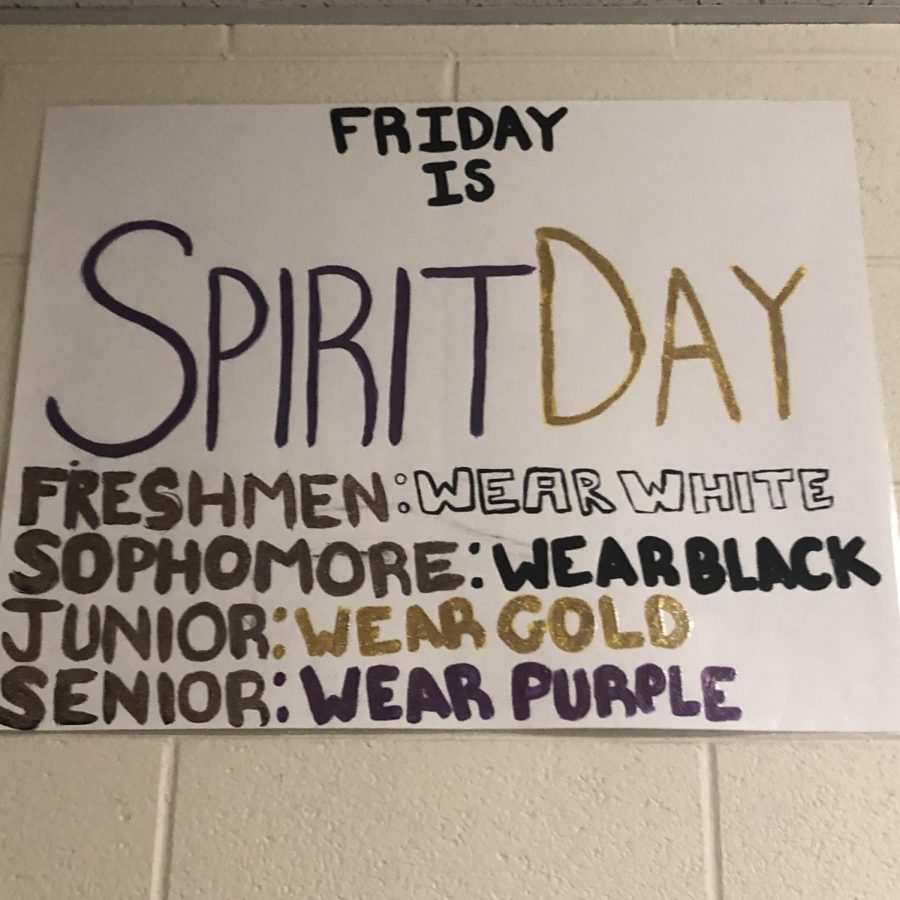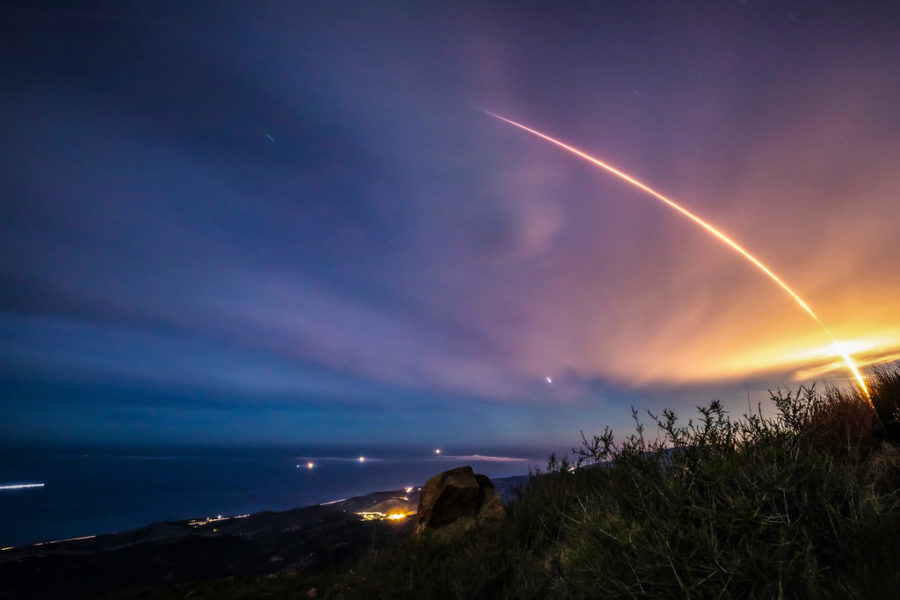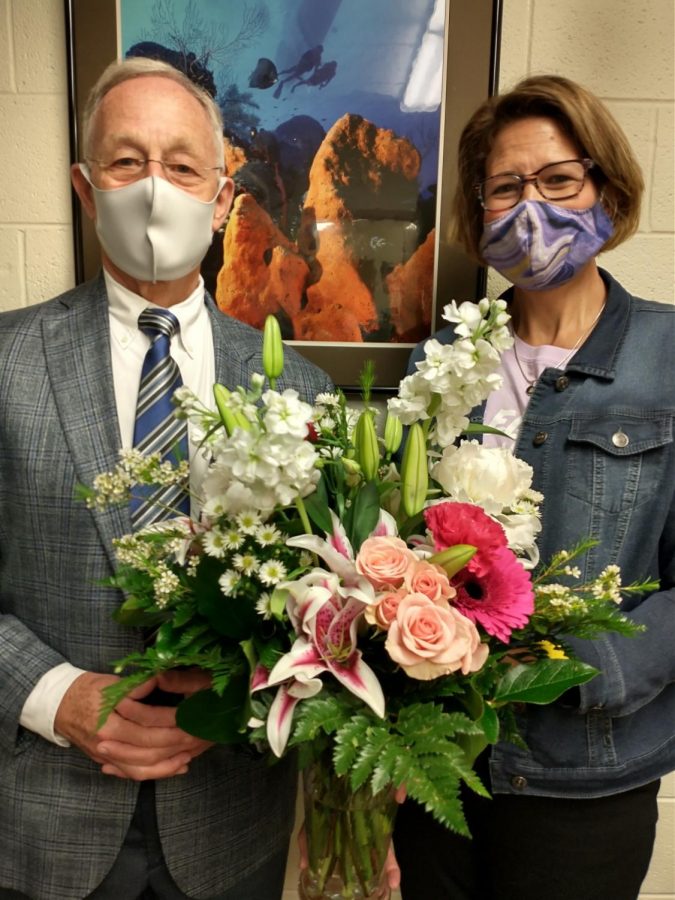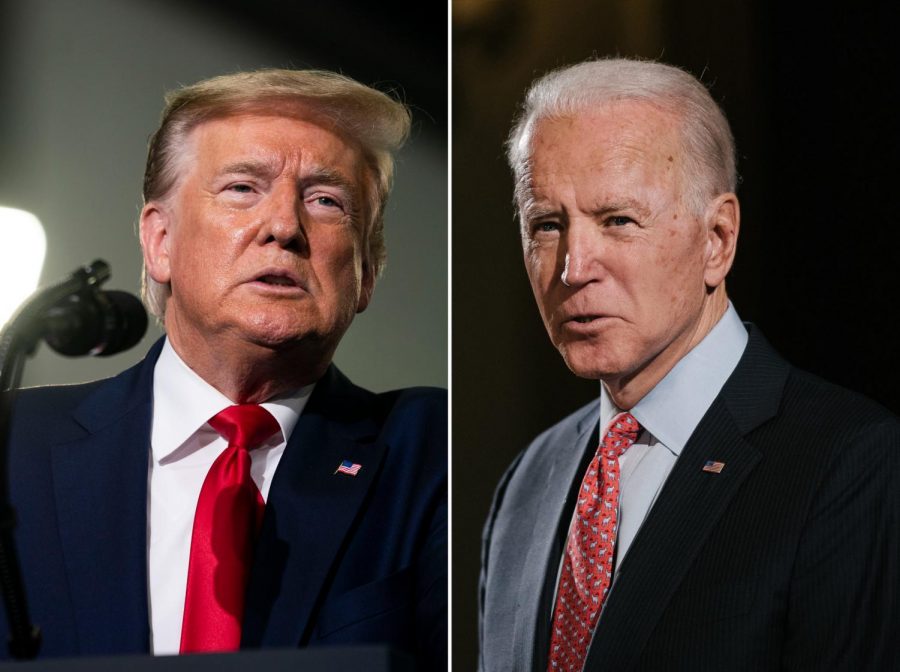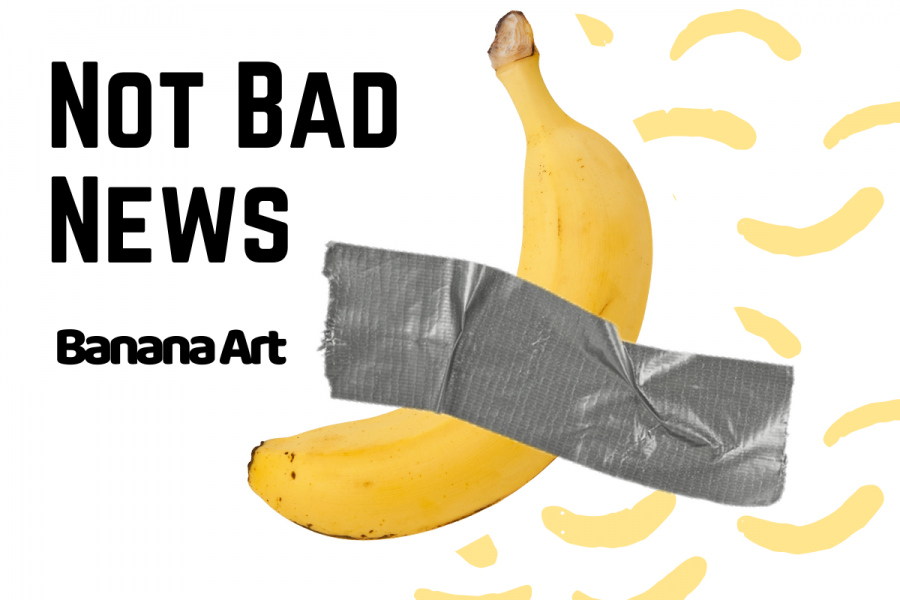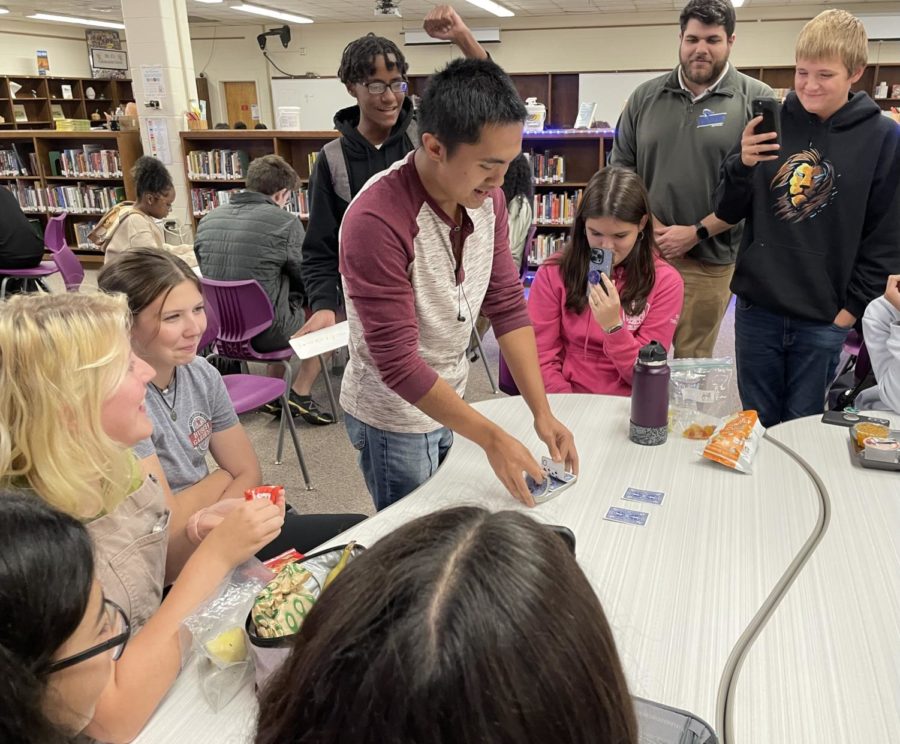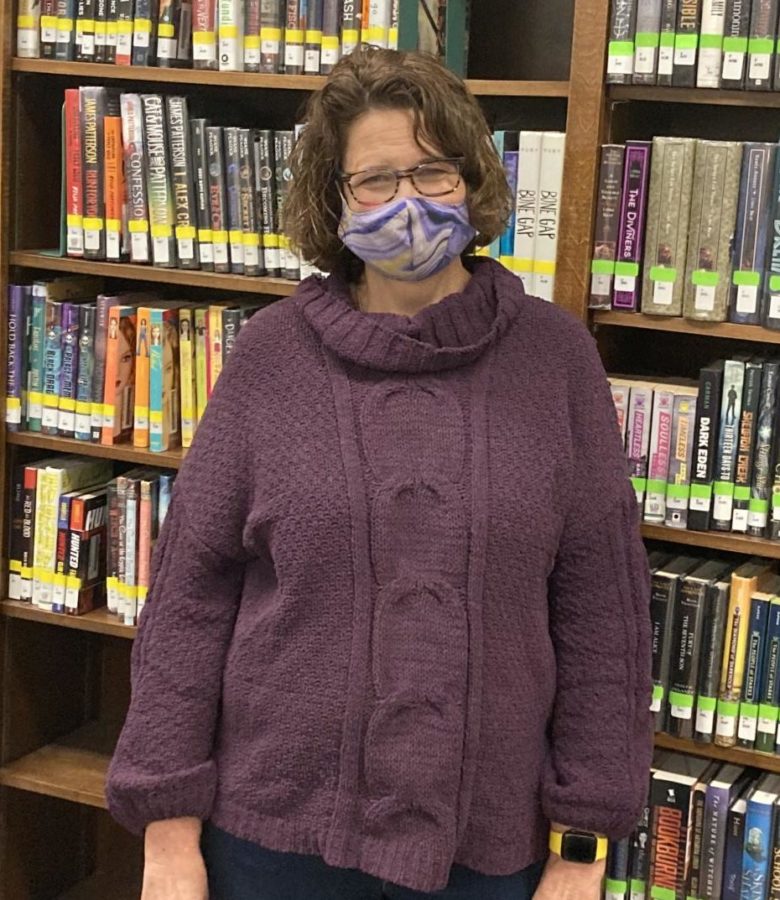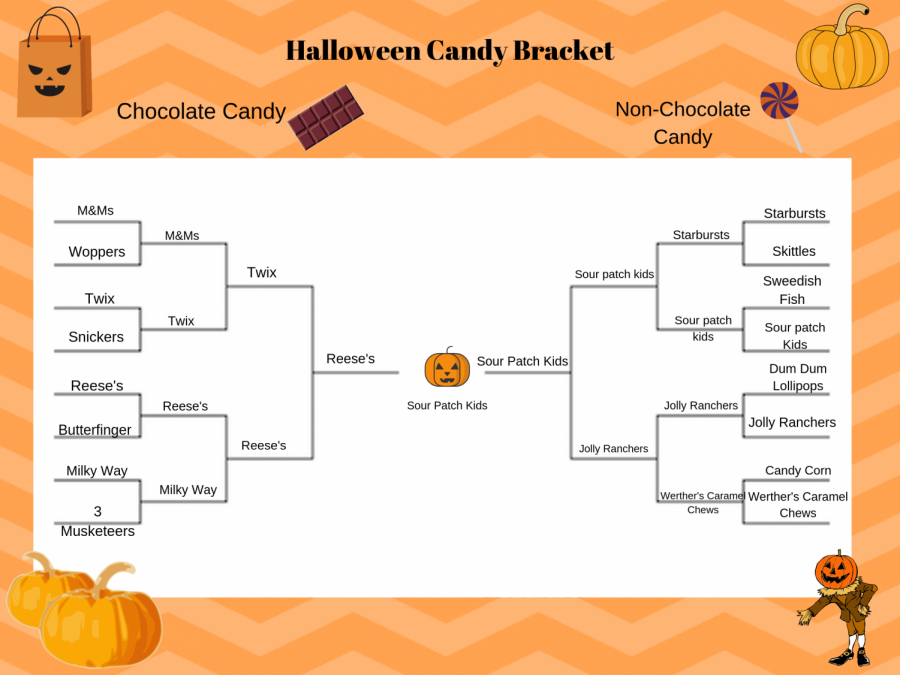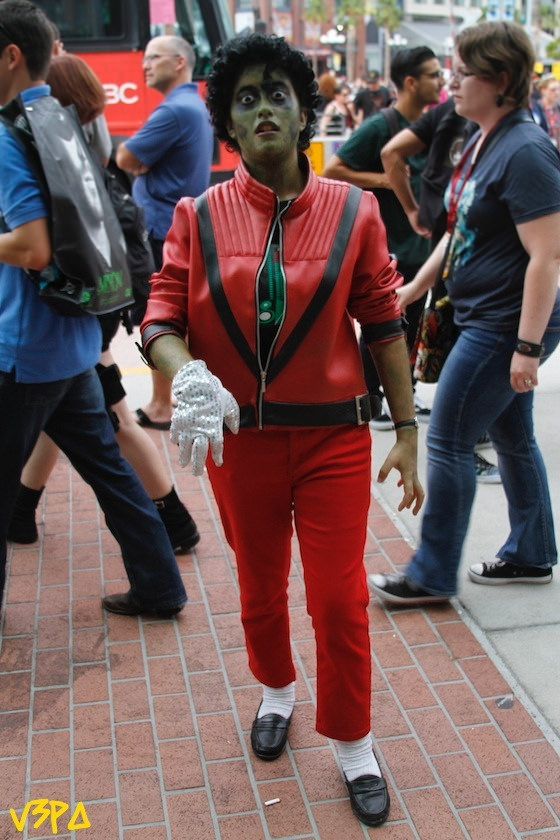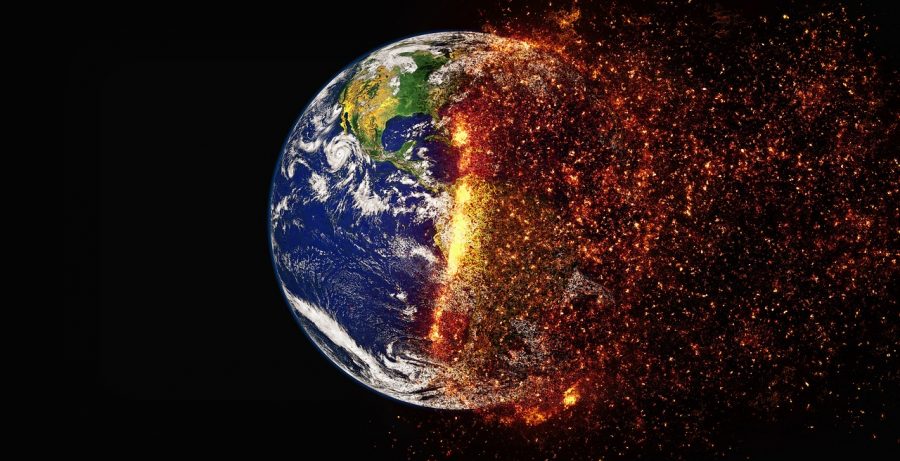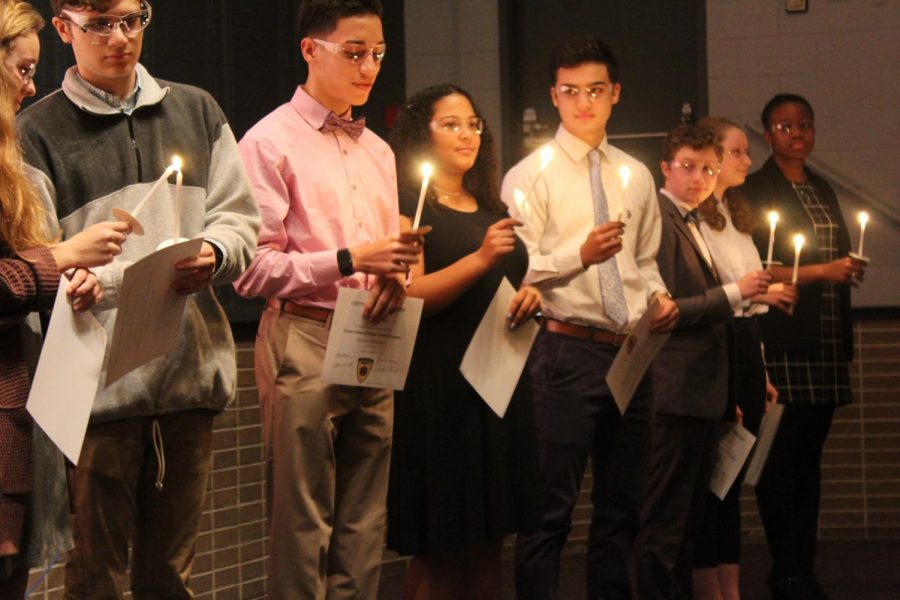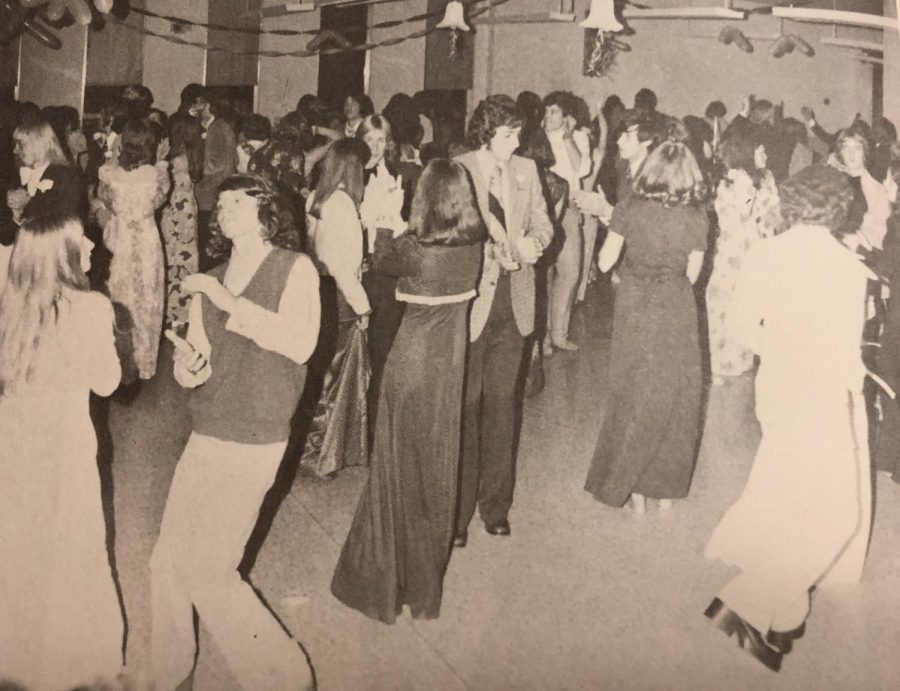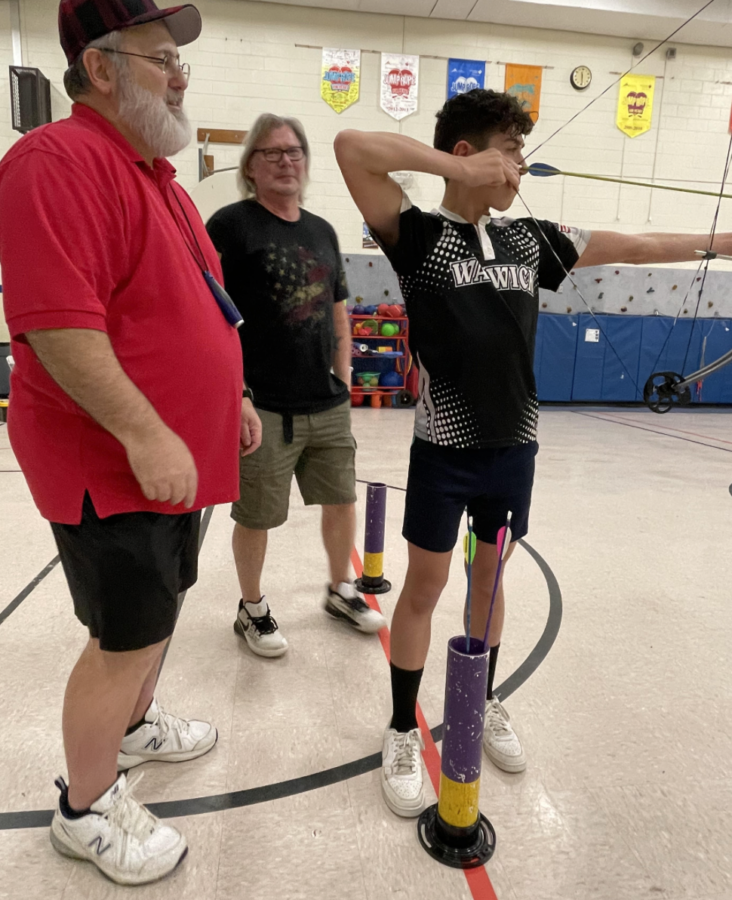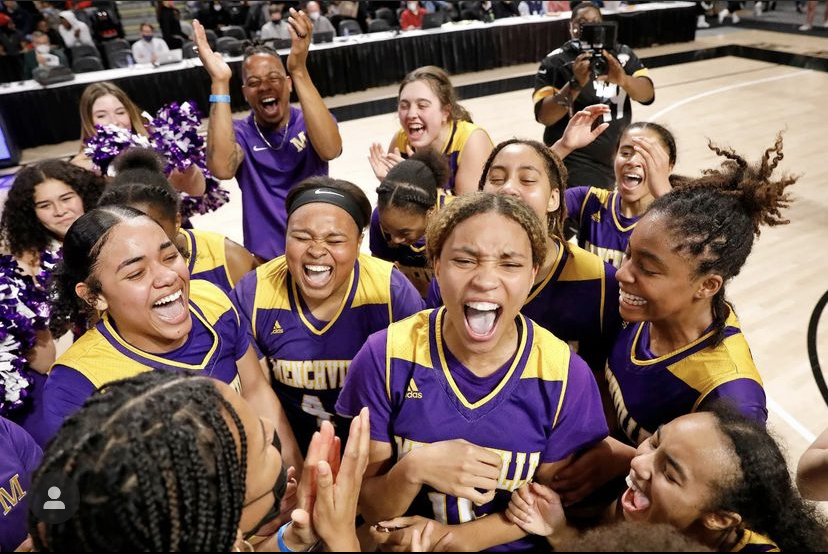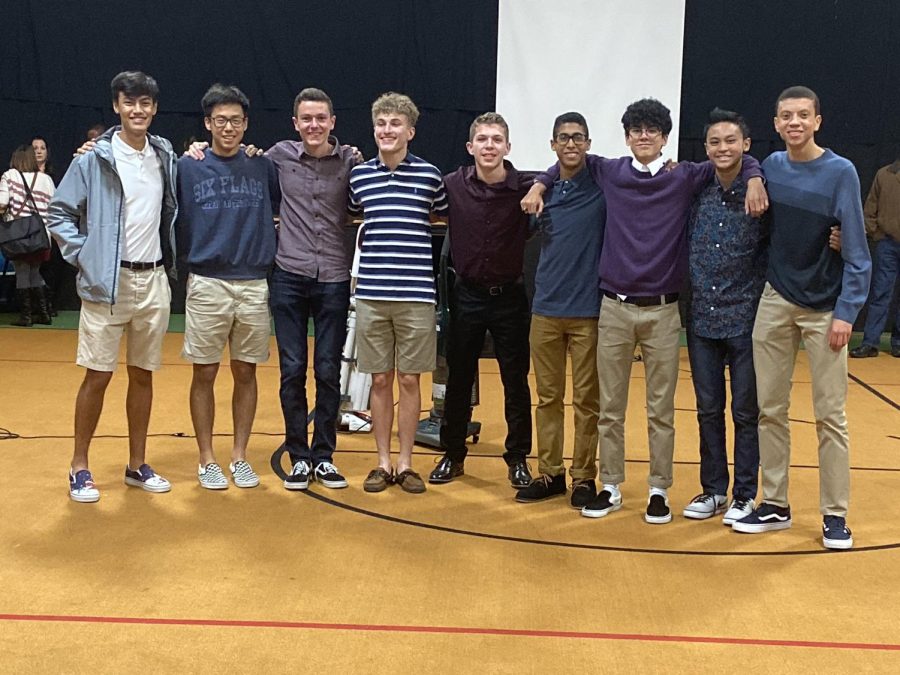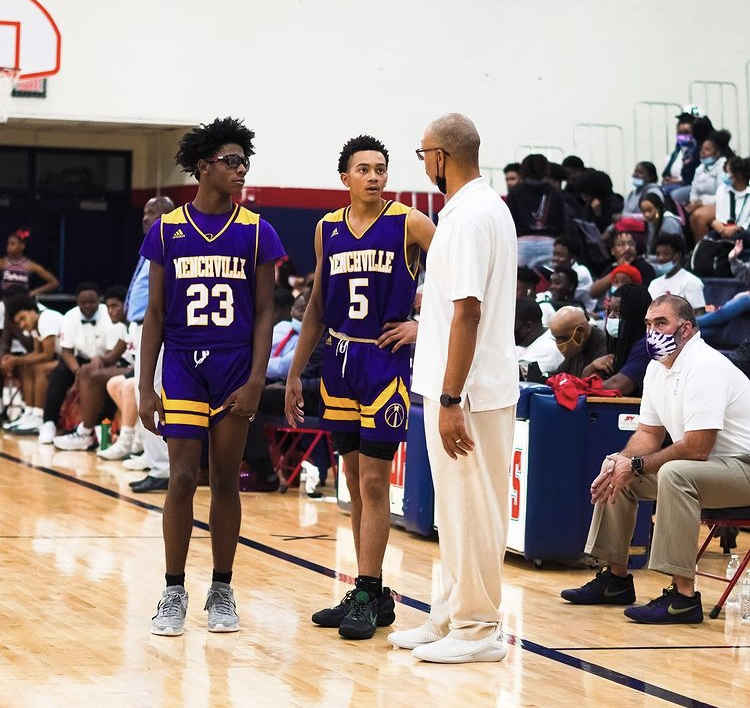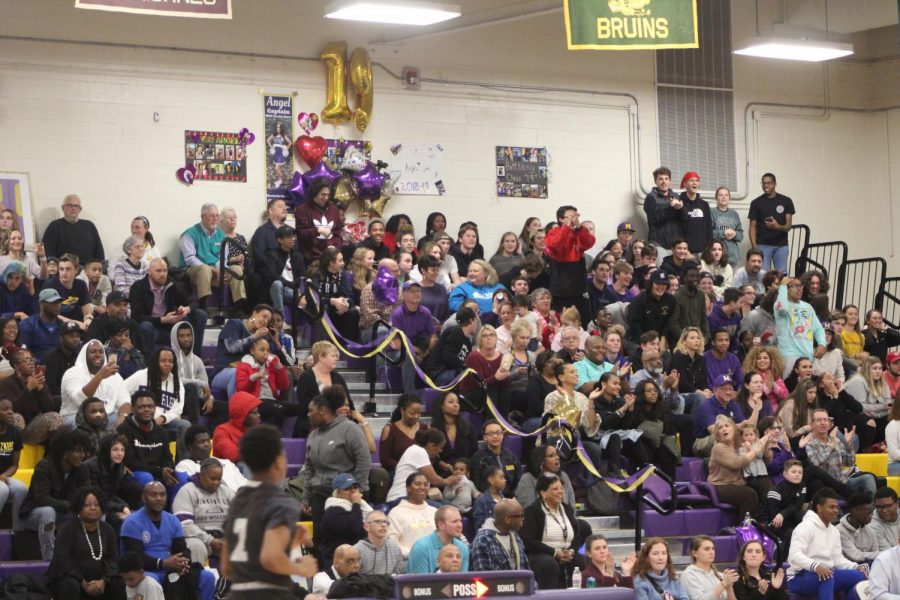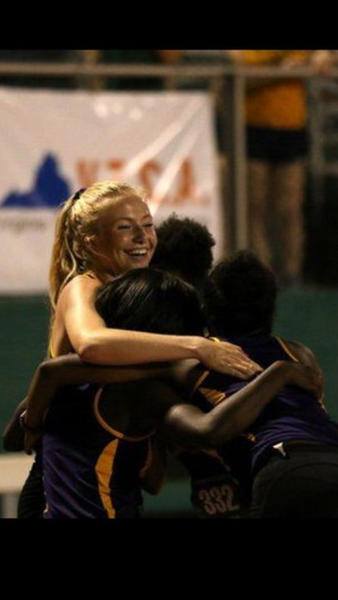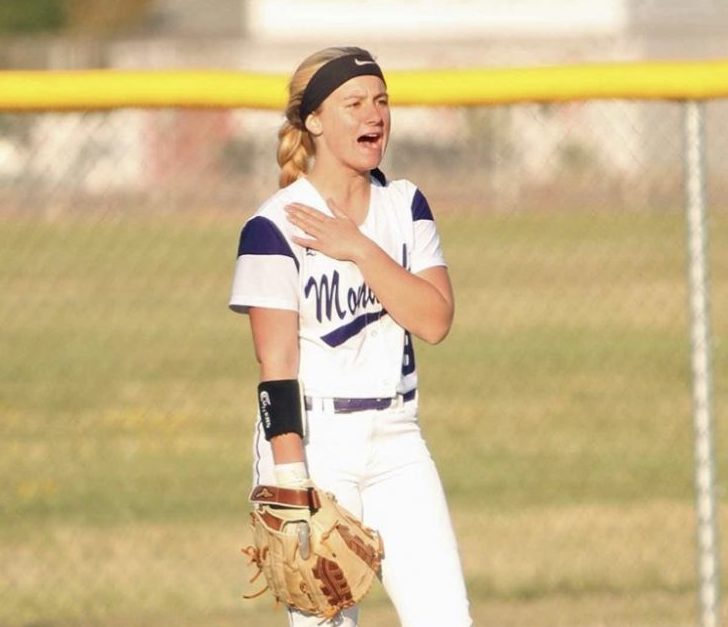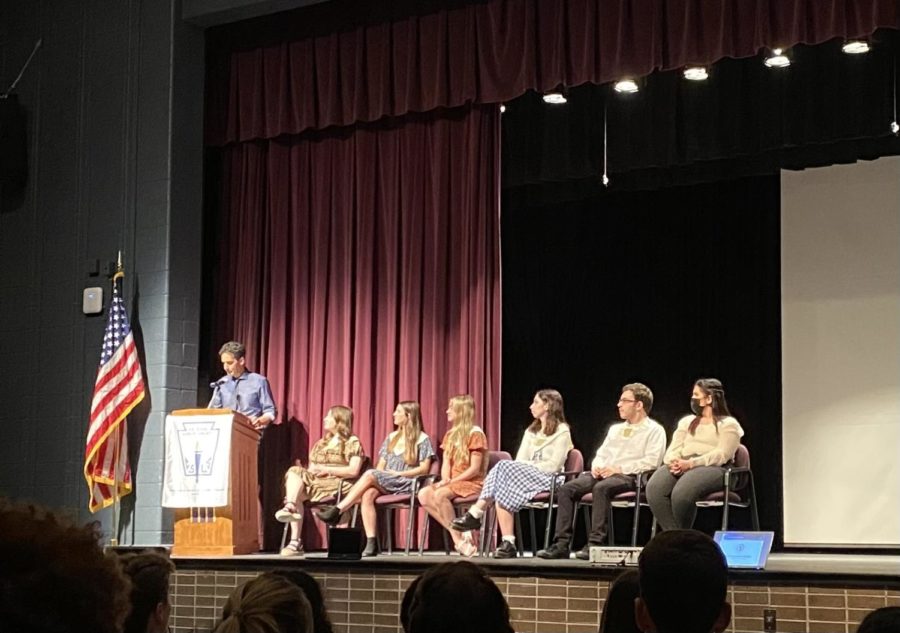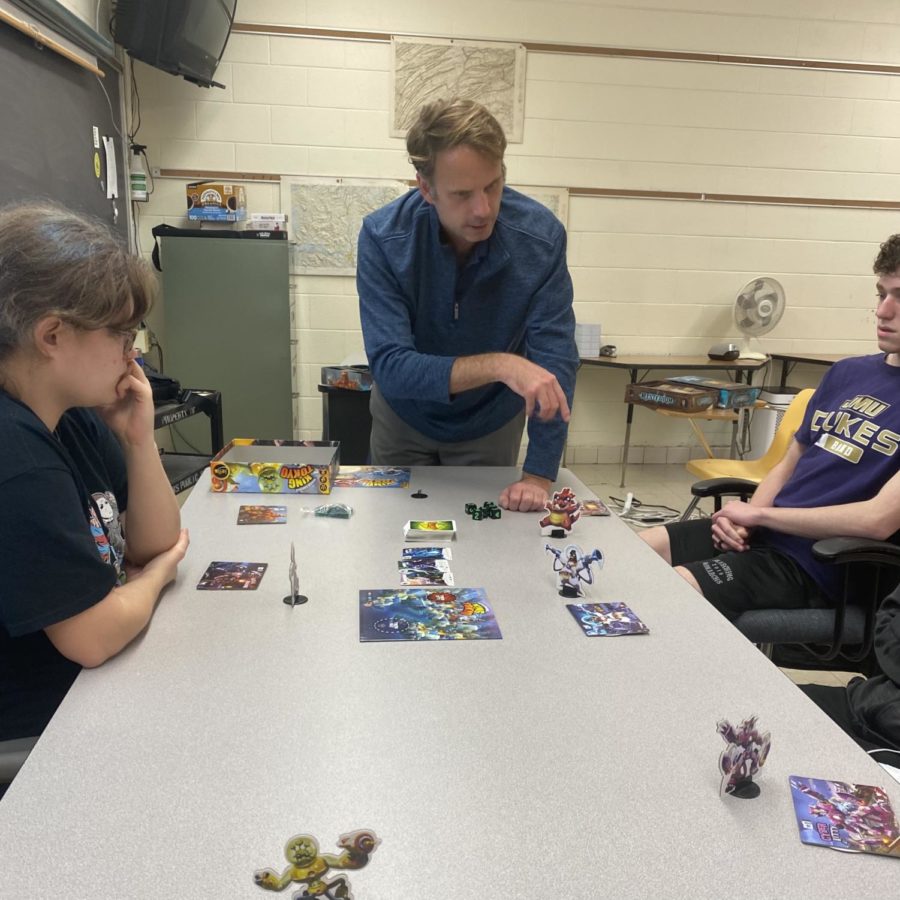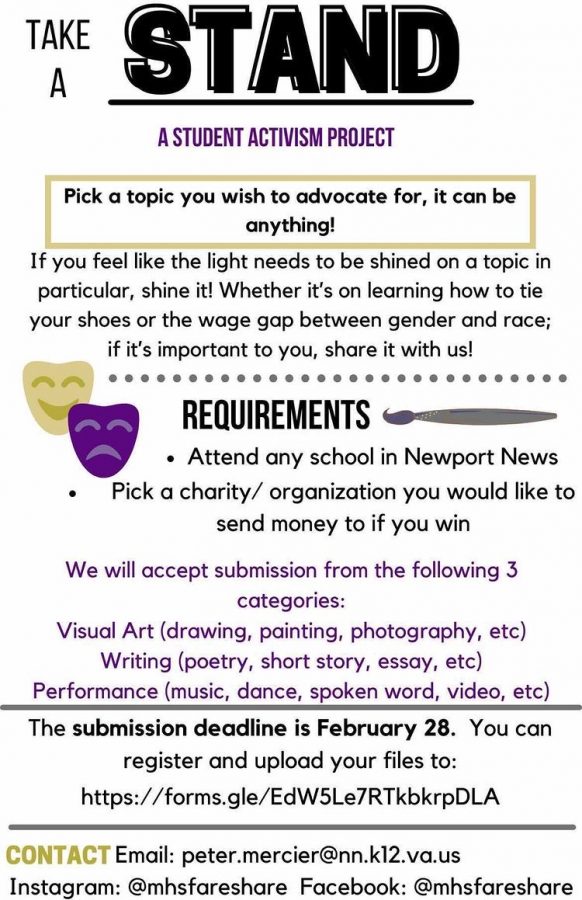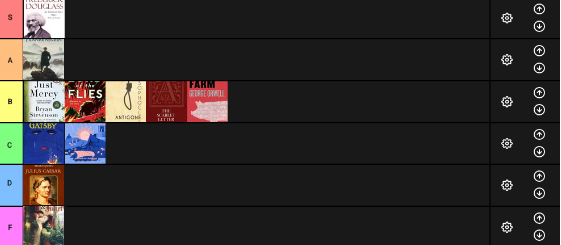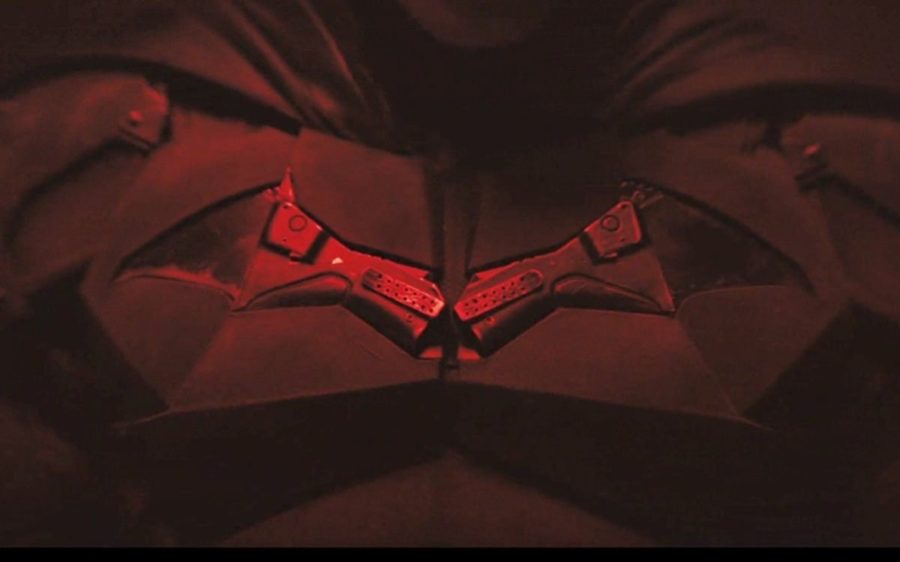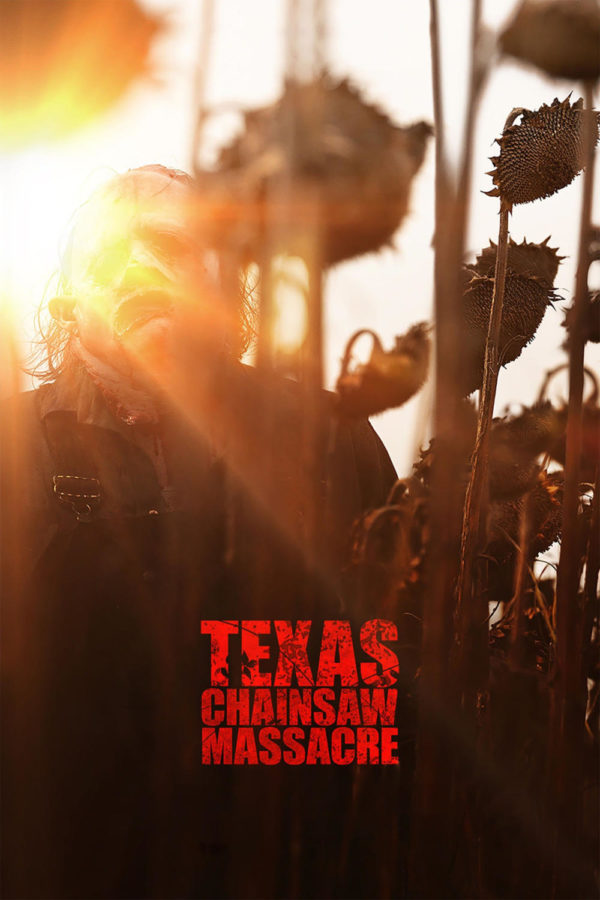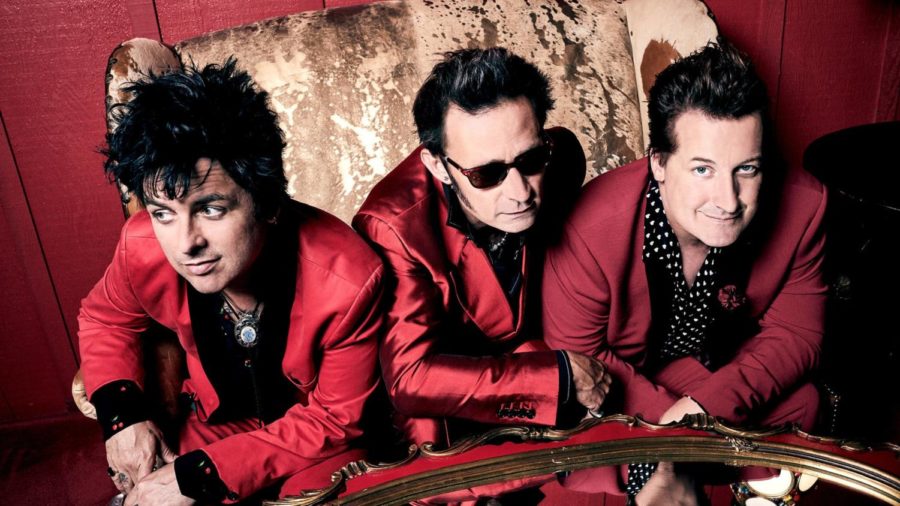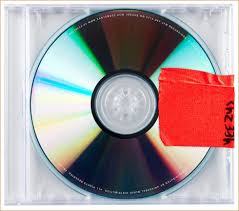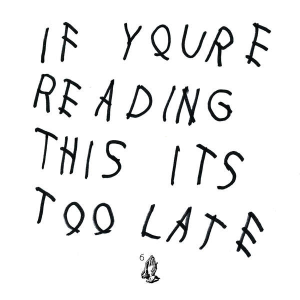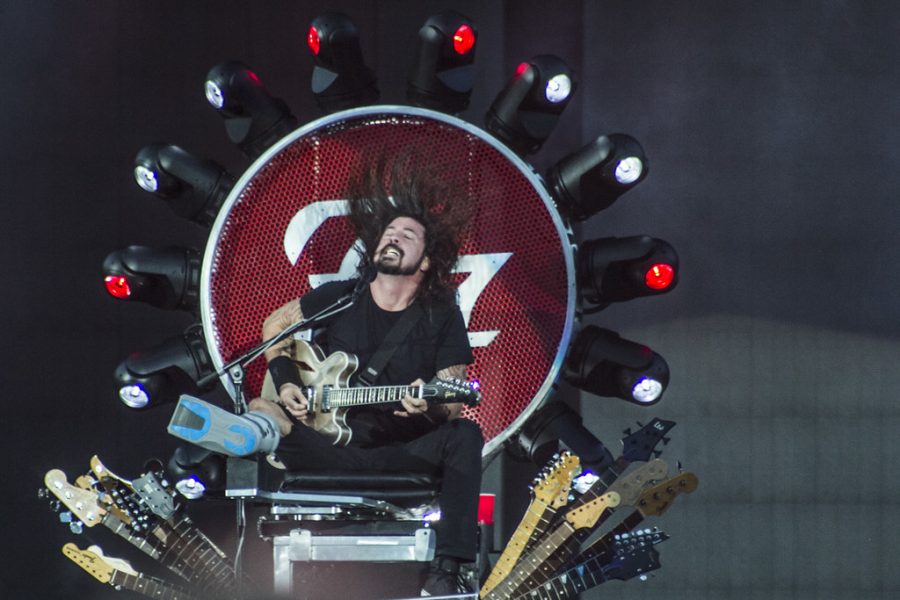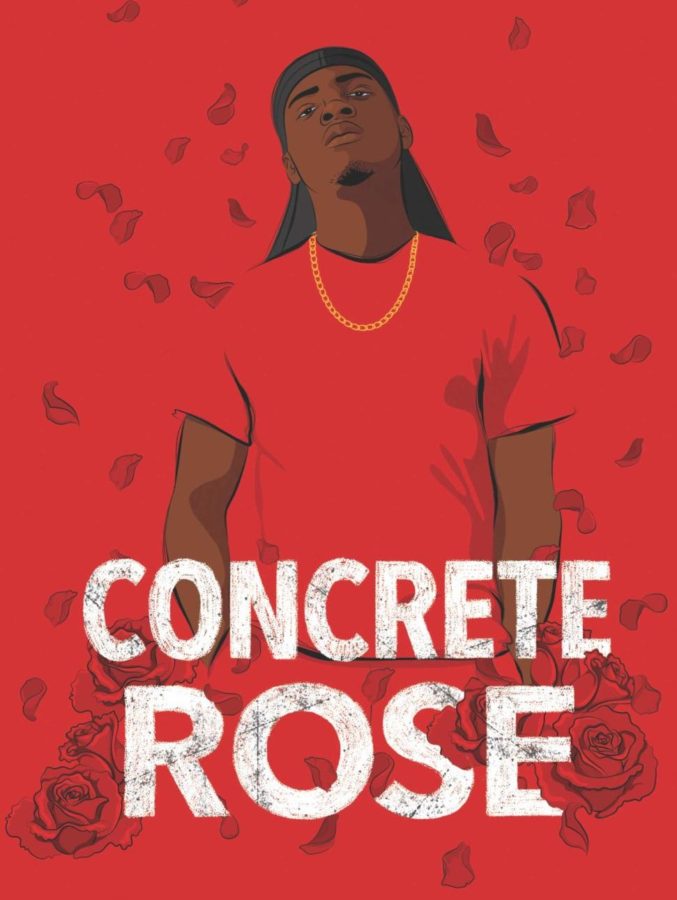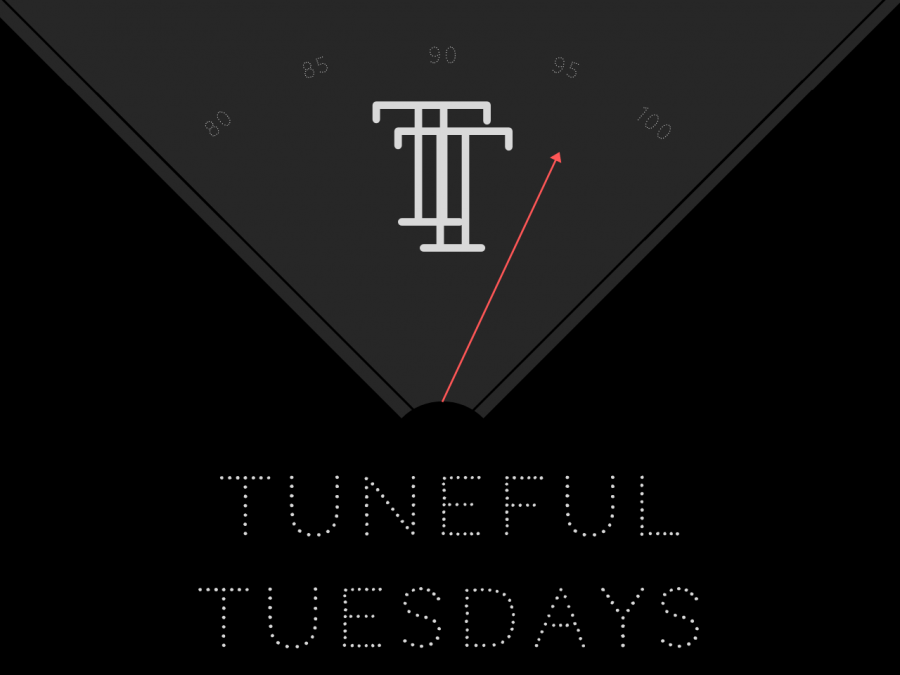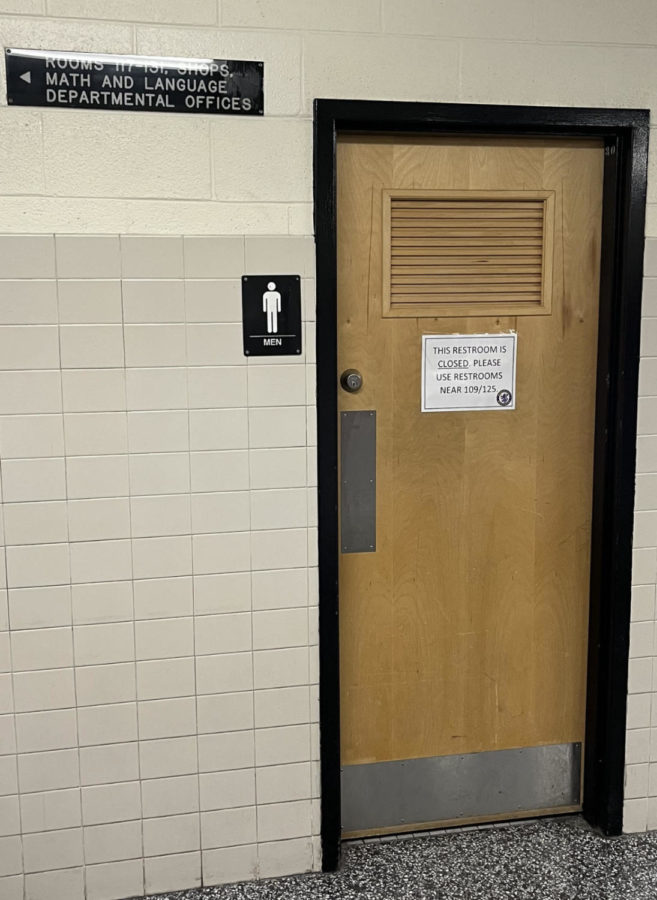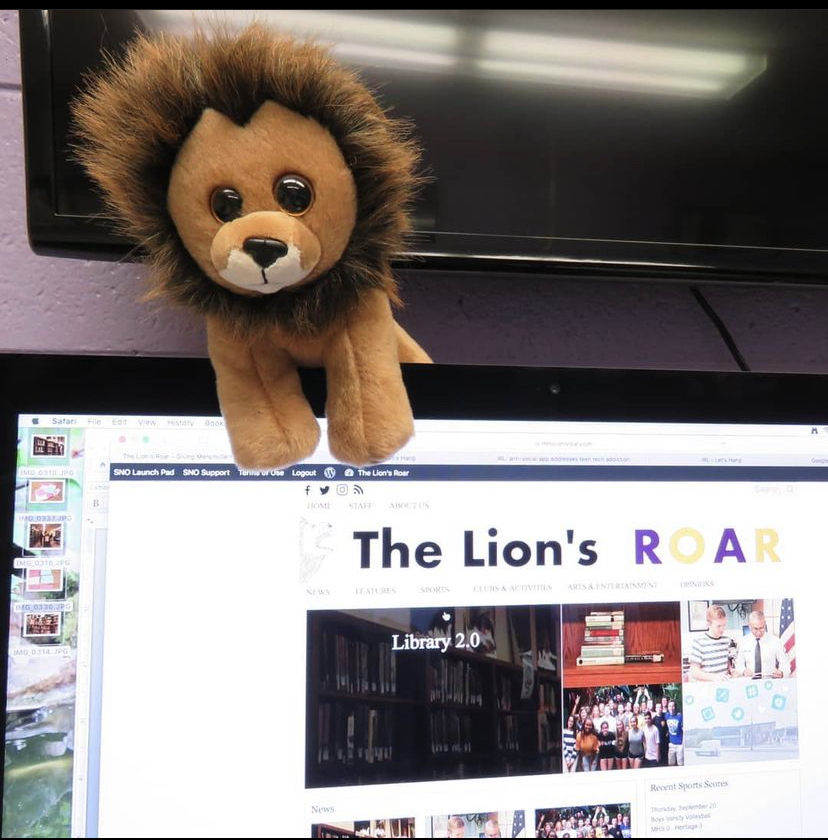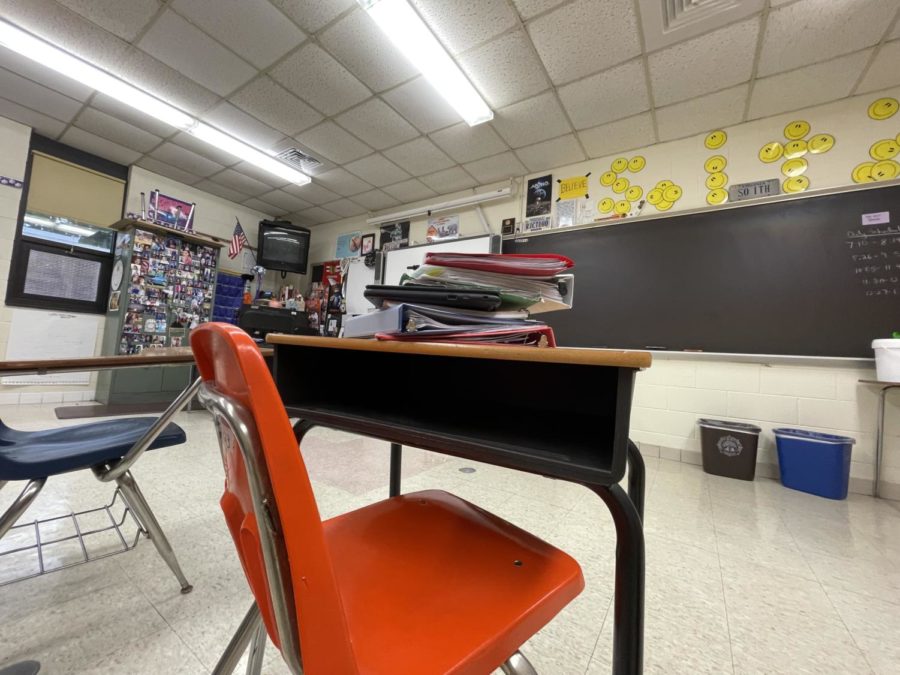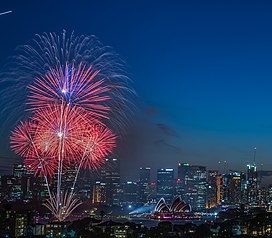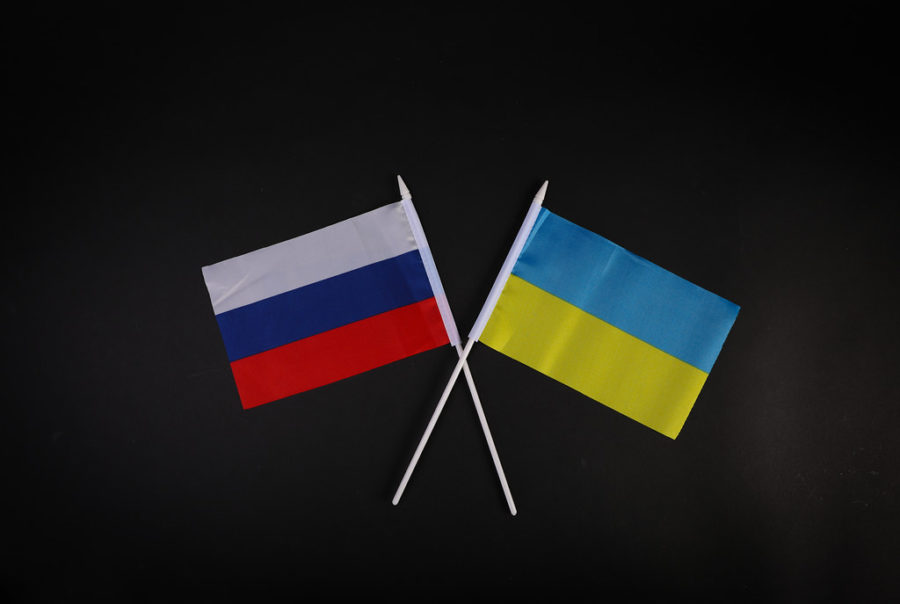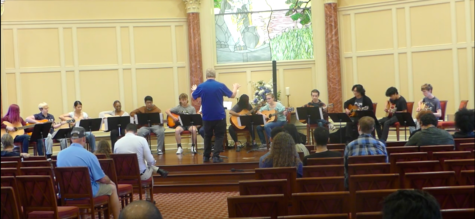Russia and Ukraine Conflict: 1 Year Recap
“This is what they call decommunization. Do you want decommunization? Well, that suits us just fine. But it is unnecessary, as they say, to stop halfway. We are ready to show you what real decommunization means for Ukraine.”
About a year ago today, an article was posted on the Lion’s Roar about the tensions in Russia and Ukraine that had billions of people worldwide holding their breath. Since the article’s publication, those tensions escalated into a conflict that continues today. To commemorate the writing of that article, we here at the Lion’s Roar decided to reflect on the events and tragedies which have transpired since its posting.
The conflict began on February 21st, 2022, as the breath the world held was broken with Putin authorizing direct military conflict in Ukraine with his self-proclaimed “special military operation”. Immediately, Russian troops began pouring into the Ukrainian countryside and capturing major cities, including Kherson. With the assault on Kherson came the tragedies, as hundreds of civilians were caught in the crossfire from shells fired from the Russian side.
Along with the assault on Kherson came an attack on the port city of Mariupol, a major economic node for Ukraine and home to the Azovstal Steel Plant. It was there that the Russians met their fiercest resistance. Despite the Ukrainian defenders and citizens being completely surrounded by March 2nd, they continued to withhold the Russian advance. Numerous interventions from the Red Cross were attempted to negotiate a ceasefire to create a corridor of escape for the civilians. Despite this, a miscommunication led to many of these negotiations failing as the attacks threatened to potentially freeze or starve the hundreds of thousands of civilians trapped inside. Resistance in the city continued for over a month until the defenders were pushed back to the Azovstal Steel Plant itself, where they continued to fight for yet another month until almost all of their supplies ran short. The tenacity displayed by the Mariupol defenders despite their surrender left a lasting impression on Russia and the rest of the world: they would continue to fight even in the face of near-certain defeat.
After the overtaking of Mariupol came more victories for Russia, as they captured the Ukrainian city of Lysychansk in the Luhansk region. The Russians invaded on the ground from the south, and, although they once again received heavy resistance from the Ukrainian army, forced an evacuation and takeover of the city after numerous shellings and airstrikes that killed over 150 civilians.
This airstrike and takeover did not mean the end for Ukraine, as they once again exhibited their tenacity and will as they took back the previously captured city, Kherson. In what was described as the third phase of the war, Ukraine announced a full-scale counteroffensive. After a few months, Ukraine had recaptured almost 452 square miles of Kherson, and, a few days later, completely liberated the city. This counteroffensive attack by Ukraine continued into the city of Kharkiv, where they reclaimed over 1,000 square miles of land. Their counteroffensive continued as the Ukrainians liberated all territories on the west bank of the river Dnieper—a long river that stretches across the country. By forcing the Russians to retreat across the Dnieper, the Ukrainians will be able to develop suitable defenses along the river, making it extraordinarily difficult to cross.
Despite these victories, Russia continued to control much of the territories it had captured from Ukraine. In a wildly controversial move, Russia organized referendums in the territories of Donetsk, Kherson, Luhansk, and Zaporizhiza. These referendums revealed that 93% of Ukrainians wished to join Russia. These referendums were held using illegitimate tactics, reportedly involving holding citizens at gunpoint. In a convention held by the United Nations, 143 member states condemned the referendum, 35 abstained from voting, and only 5 supported the annexation, including Russia itself. Despite this overwhelming opposition, Russia installed pro-Russian governments in the territories. The implications for this event mean that any offensives or conflict in these territories may result in further escalation of the conflict since Russia would consider any advancements on those territories to be a direct attack on the country itself.
Since the conclusion of the Ukrainian counteroffensive, the frontlines have developed into a stalemate since December, with neither side willing to commit to a major offensive. As the historically brutal winter settled in, both sides initiated attacks against each other’s supply chains, with drone strikes, missiles, and artillery targeting power grids and cities. Meanwhile, many NATO countries, including the United States, Germany, Norway, Poland, and others, have supplied Ukraine with munitions and tanks, including the most modern variants from the West.
Even with the ever-rising support for Ukraine, it would seem that this conflict has no end in sight. But, no matter how long the conflict lasts, Joe Biden’s recent visit to Ukraine shows that America will support the Ukrainians until the bitter end.
If you would also like to help support Ukraine during these tough times, please consider donating to the link below. All proceeds go to supporting the children in Ukraine who have been unfairly affected by the ongoing violence.

Committed to graduate in 2023, Matthew Swanenburg is a cross-country and track runner in his senior year at Menchville. In his free time, Matthew runs...

